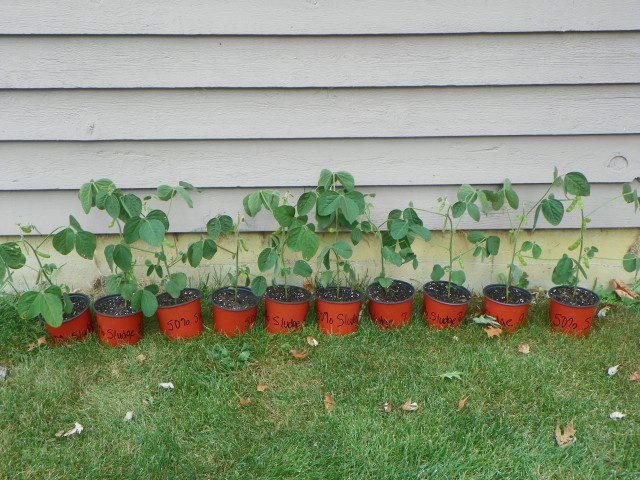Paper mill sludge: a usable fertilizer?
Can paper mill sludge (PMS) be used as a fertilizer for plants and does it change the pH of the substrate it was used in?
Student
Addyson M
School
Marysville Early College High School
Supporting files
report-paper-mill-sludge-2015.pdf
Approximately 10 billion tons of PMS are produced annually by the paper industry and pose a major disposal problem for paper mills. One possible solution to the industry’s problem is the use of PMS as a fertilizer through land-spreading.
When mixed with soil, PMS brings benefits to growing plants. For example, the elements in cellulose are not readily available to the plant, but are capable of holding water better than soil alone. The other benefit to plants comes from the nitrogen, oxygen, carbon, hydrogen, sulfur, and other organic compounds contained in the PMS. Many people use commercial fertilizers to put these nutrients in the soil, but PMS adds some of the same benefits.

Soybean seeds were planted in five different concentrations of PMS and allowed to grow for 63 days. Results of this project show that plants grown in 25% PMS have more mass and have more bean pods on average. Finally, seeds planted in the 25% and 50% paper mill sludge groups germinated at a higher rate. All of the tests run on the groups to test nutrient content and pH came out the same. In conclusion, paper mill sludge does impact the growth of soybean plants in a positive way.
